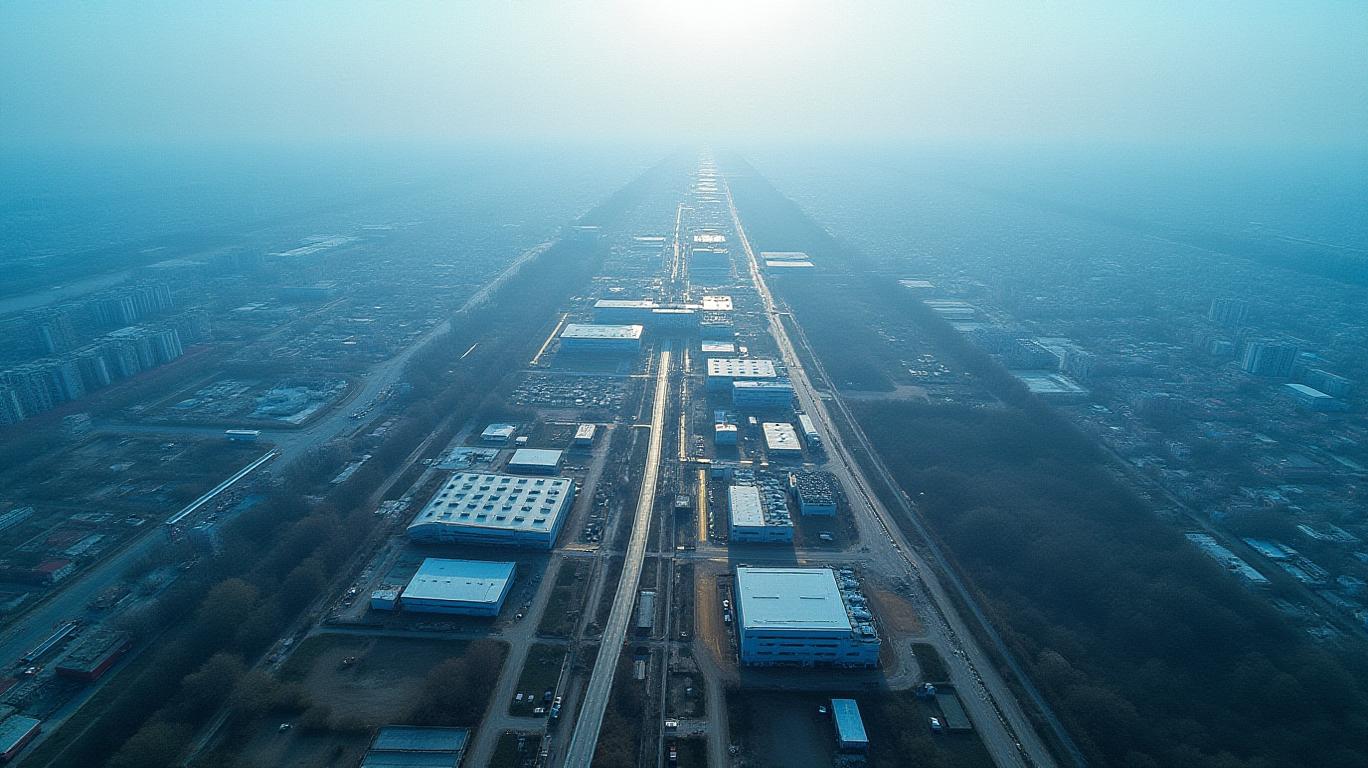Apple's Neutral Outlook: Tariff Headwinds and Valuation Concerns Weigh on AAPL
Veteran investors are increasingly adopting a neutral stance toward Apple Inc. (AAPL) stock as the tech giant navigates escalating tariff-related costs and a high valuation that leaves little room for error. Despite robust revenue growth and strong performance in key segments like Services and Macs, the company faces significant headwinds that could limit upside potential in the near term.
Tariff Challenges Threaten Profit Margins
Apple’s supply chain is under pressure as U.S. tariffs on imports from Vietnam and India—key manufacturing hubs—loom large. Analysts estimate tariffs could add $900 million in costs for Q3 2025, with potential annual penalties reaching billions if trade tensions escalate. While Apple has shifted production of iPhones to India and AirPods to Vietnam to avoid China-centric levies, roughly half of U.S.-bound devices still originate from China, exposing the company to lingering tariff risks.
The fallout extends beyond direct costs.
Valuation Pressures Mount
Apple’s valuation metrics have softened amid these challenges. While revenue grew 5% year-over-year to $95.4 billion in Q2 2025, the stock’s Price-to-Earnings (P/E) ratio fell significantly from Q1 to Q2, reversing a prior uptick. This decline reflects investor skepticism about whether Apple can sustain growth in a saturated smartphone market and an increasingly AI-driven tech landscape.

Despite strong performances in Services (up 11.6% to $26.65 billion) and Macs (up 7% to $7.95 billion), wearables revenue dipped 5% year-over-year, signaling slowing demand for legacy products. Meanwhile, the Price-to-Sales (P/S) ratio also retreated, underscoring concerns about top-line momentum in a competitive environment.
Why Neutral?
The neutral stance hinges on a balance of positives and risks. On one hand, Apple’s ecosystem dominance and installed base of over 2 billion active devices provide a steady revenue stream. Services, in particular, remain a growth engine, with AI-powered features like Apple Intelligence poised to boost engagement.
On the other hand, tariff uncertainty and margin pressures are hard to ignore. Analysts project Apple’s annual revenue growth to slow to 3.3% through 2025, below its 5-year average of 6.6%. With a market cap of $2.987 trillion—still the world’s largest—the stock’s valuation is highly sensitive to execution risks.
Data-Driven Risks and Opportunities
- : The stock trades at a P/E of 28.97 (May 2024), near its 5-year average but below its 2022 peak of 32.43.AAPL Closing Price
- Tariff Exposure: If Vietnam’s 46% and India’s 26% tariffs are imposed, annual costs could exceed $3 billion, squeezing margins further.
- Competitor Benchmarking: Microsoft’s P/E of 35.9 and Amazon’s 95.4 highlight that Apple’s valuation is reasonable but not overly discounted.
Conclusion
Apple’s neutral outlook is justified. While its Services growth and ecosystem strength remain formidable, tariff-driven costs, margin pressures, and a high valuation create a ceiling for near-term gains. Investors should monitor tariff negotiations, gross margin recovery, and Services innovation (e.g., AI integration) as key catalysts. Without clarity on trade policies or a breakthrough in premium hardware (like the anticipated 2026 foldable iPhone), AAPL’s path to outperformance remains narrow. For now, patience—and a wait-and-see stance—are prudent.
Final Take: Hold for the long term, but avoid overpaying in the current climate.










